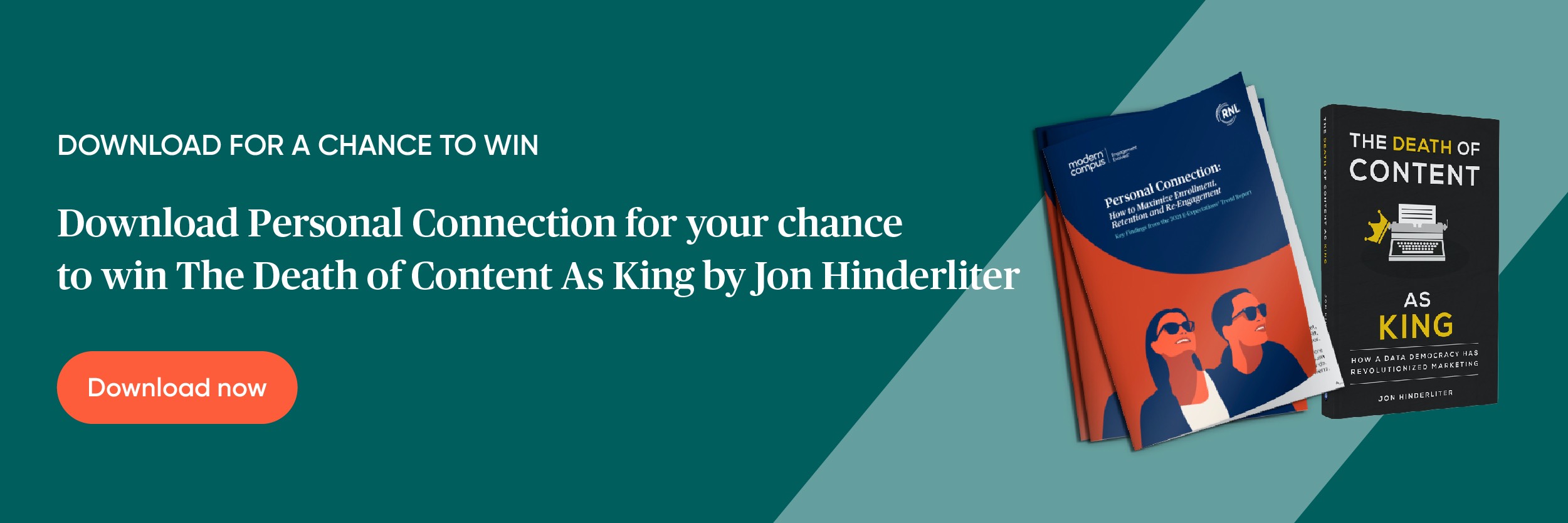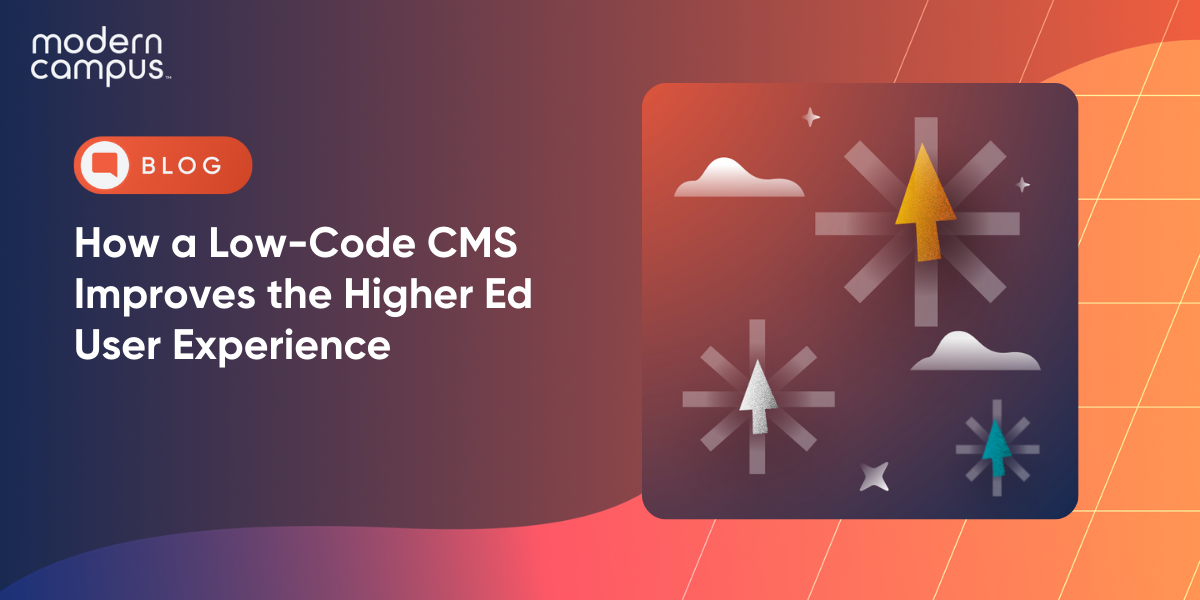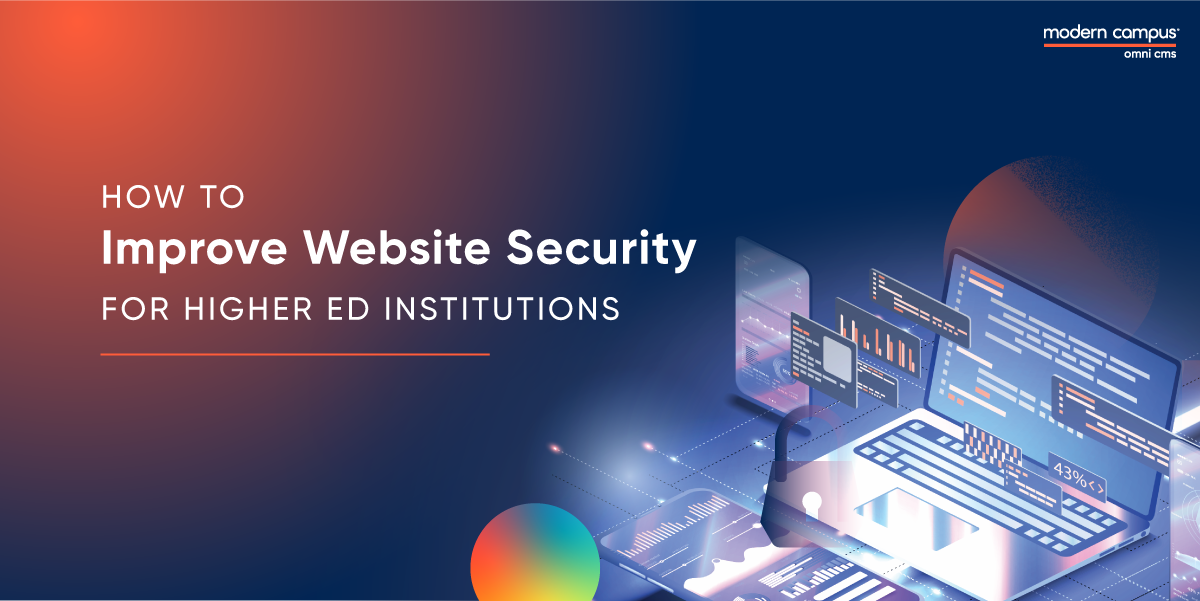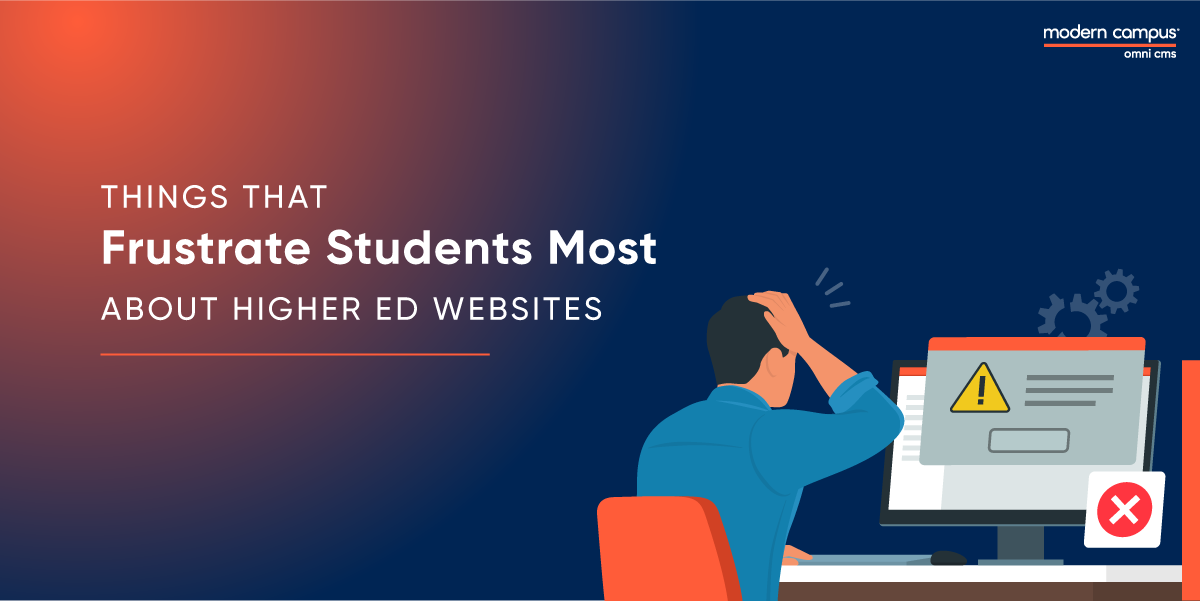Adopting 21st Century Marketing Tactics in Higher Education
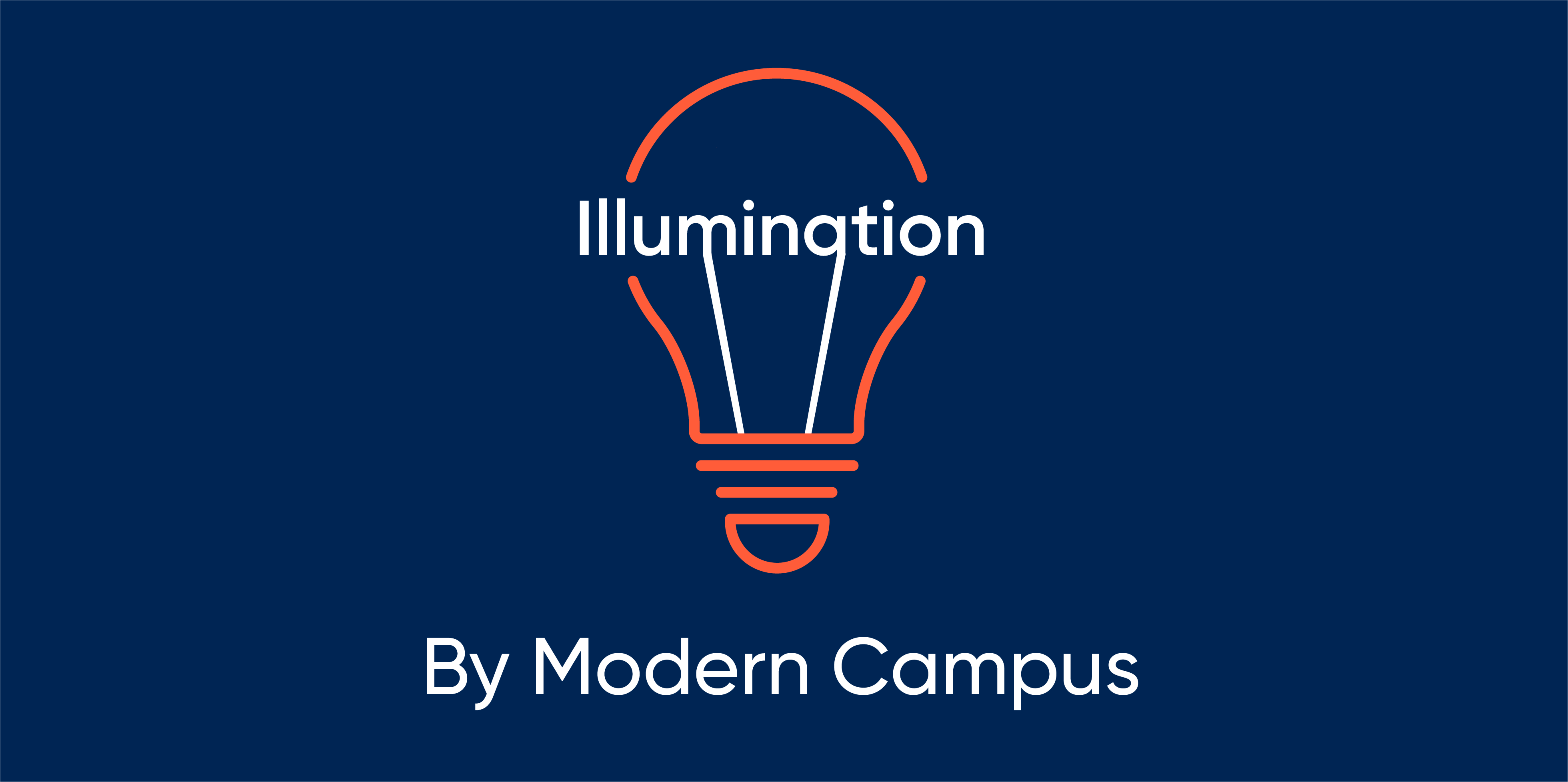
For decades, higher education has been marketing to a traditional student demographic using the same marketing tactics. However, over the past few decades—and especially over the past few years—the learner demographic has shifted and technology has changed the way prospective students expect to receive information.
What worked 20 years ago won’t work today. In today’s digital age, students expect choice—in all aspects of their lives. They demand an experience that’s unique to them and the feeling that an institution cares about them.
What’s needed is personalization.
In the tenth episode of Illumination by Modern Campus, Jon Hinderliter, Director of Marketing and Communications of University College at Washington University St. Louis, highlighted the normalcy around personalization.
“The modern learner is experiencing personalization in so many different ways across the internet,” he said.
So why should their higher ed experience be any different?
“There's a lot that personalization can bring as a positive experience so that they just don't feel like a student number,” Hinderliter said.
The relationship between a student and the institution is key. As we head into the modern era, an institution’s focus needs to be truly integrative and student-centered. Something traditionalists pushback on.
For this mindset to shift towards a more student-centric experience, you have to recognize the pain points everyone is facing.
“Pain is the underlying thing of most change,” Hinderliter said.
When adult learners’ needs are not being met, they’ll find the institution that is willing to adapt to meet those needs. As Hinderliter argues, you’re likely not the only institution in the market.
Search results, recommendations and other forms of communications all should be personalized based on the student’s interactions with other webpages on your site. This delivers the same experience they have similar with Amazon and Google, and can be created simply by using one key element—data.
“A lot of these interactions are occurring because these brands and organizations are using data to improve that experience,” he said.
This is where personalization and data can coincide for the modern learner. Everyone has emotional experiences in relation to products, brands and services, which is something institutions can execute on.
By using data, institutions can begin providing more personalized and dynamic content to a student visiting their website. This shows learners that you care about their educational journey and improve retention rates.
The challenges in scaling personalized experience comes down to two things: time and resources. But by bringing departments together, you can begin to create a seamless collaboration to help overcome these obstacles.
“No marketing or continuing education department is an island,” Hinderliter said.
And the technology is there to create this seamlessness. By having a system that can gather data and automate processes, institutions can begin scaling personalization and execute on the institution’s mission.
“We want to accomplish a new era of data personalization,” Hinderliter said.
It’s hard work, but it’s possible with the right tools and processes in place. Personalization is key to not only getting student’s in the door, but also keeping them for their lifelong learning journey.
“If you're doing the right steps and doing them well,” Hinderliter said, “The data's going to start showing you that your interactions are having a positive impact.”
Full Episode
Website Design & Personalization
Last updated: September 9, 2021
